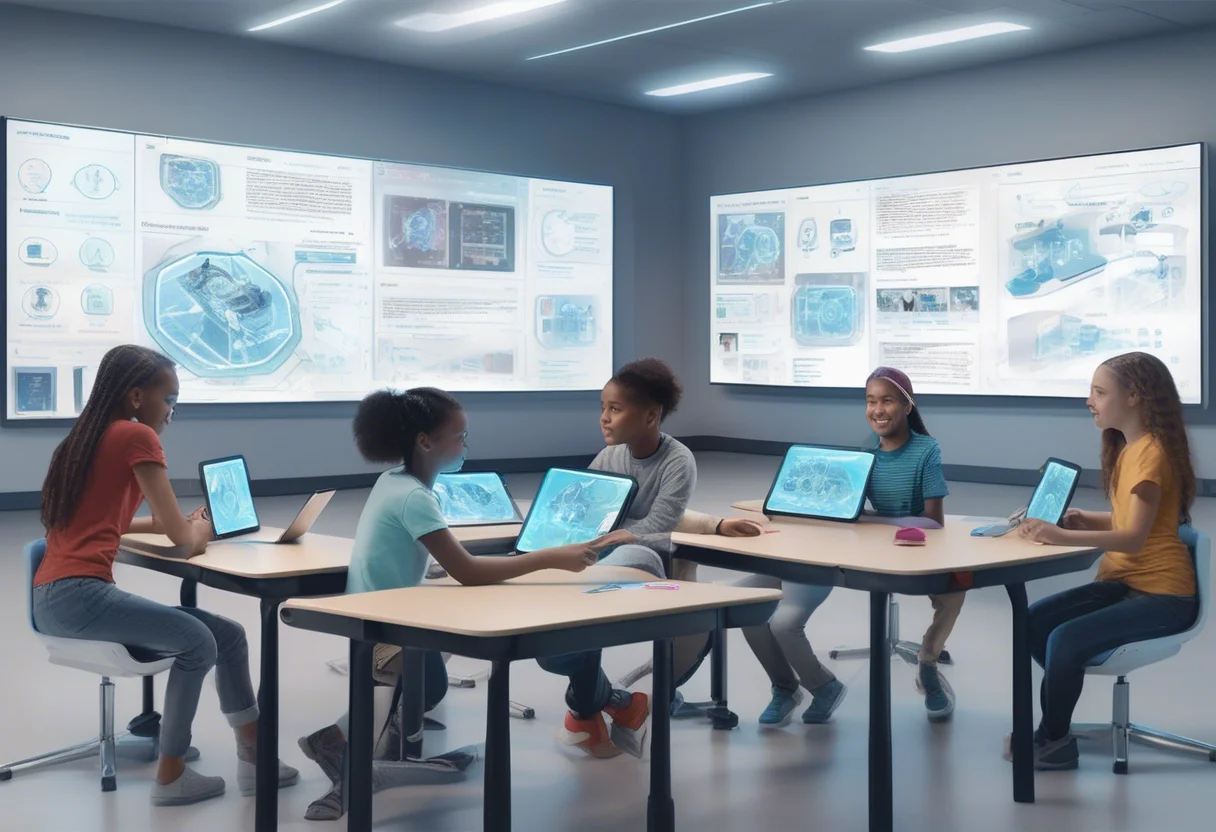
Education is changing fast, and "learning paths" are a big part of that. They're all about giving students a learning experience that's just right for them. Now, throw artificial intelligence into the mix. A study found that AI can boost the effectiveness of these learning paths by 30%. Picture a classroom where every student's way of learning is recognized and supported. AI looks at the data and creates a learning path that fits each student, adjusting as they go. Here, we'll look at how AI and education are coming together, changing how learning paths work. We'll break down the basics, see how it's being used right now, and think about what's next. Whether you're a teacher, a student, or just curious, stick around to see how AI is changing the way we learn!
Summary: This article describes the role of AI in enhancing learning paths, exploring its benefits, technical mechanisms, practical applications, strategic implementations, and future trends. It also addresses ethical considerations and provides a FAQ section for further clarity.
Understanding Learning Paths and AI’s Role
What Are Learning Paths?
A learning path is akin to a map that guides you through educational content step by step. It transitions you from your current knowledge to your desired expertise, breaking everything into small, manageable parts. This structured approach minimizes the chances of feeling lost or overwhelmed.
Learning paths empower you to navigate e-learning activities on your terms, placing you in control rather than the tutor. This personalization enhances your learning experience. Various types of learning paths exist, such as:
- Successive: Follows a linear progression.
- Alternative: Offers multiple routes to the same endpoint.
- Level-based: Structures content according to difficulty levels.
Effective learning paths are characterized by:
- Clear goals
- Use of microlearning
- Real-world examples
- Diverse resources
Additionally, they incorporate assessments with feedback, personalization, motivation boosters, and progress tracking. Consider a language course, where you progress through modules sequentially, with regular check-ins and tests to ensure comprehension and confidence building.
How AI Transforms Personalized Learning Paths
AI significantly enhances the personalization of learning paths. It customizes the learning experience to align with your needs and progression. AI-powered learning management systems (LMS) facilitate the creation and management of these paths, offering experiences that adapt based on your performance and preferences.
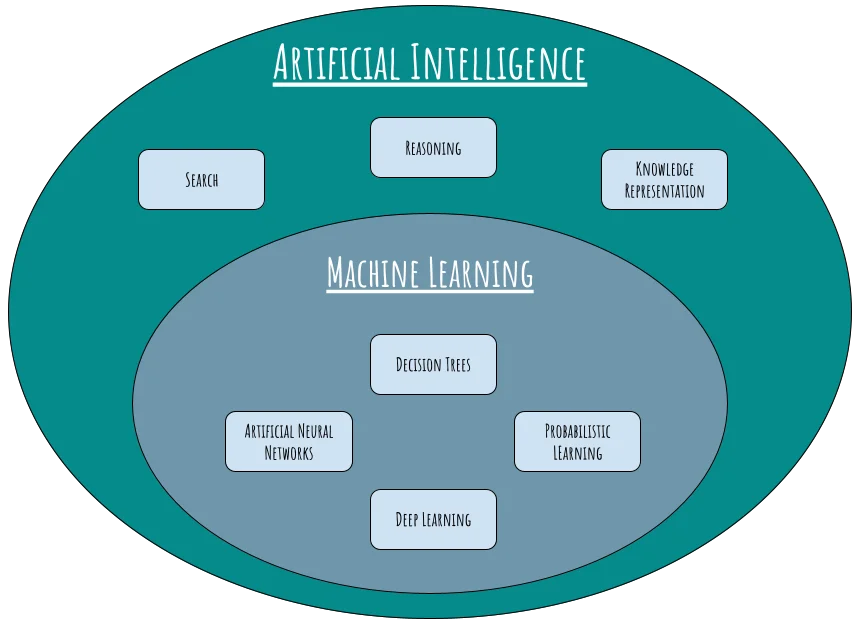
With AI, learning paths can provide:
- Personalized tips
- Adaptive tests
- Dynamic content shuffling
AI analyzes data such as your performance, behavior, and background to adjust content in real-time. It can modify difficulty levels, suggest materials, and employ natural language processing for interactive learning. Moreover, AI delivers instant feedback, automates content creation, and supports adaptive testing, making learning more engaging, efficient, and motivating.
For further reading, explore more about learning paths and the role of AI in personalized learning.
Benefits of AI-Enhanced Learning Paths
Enhanced Engagement with Personalized Learning Paths
AI is revolutionizing education by customizing lessons to align with each student’s interests and pace. This personalization makes learning more relevant and achievable, naturally enhancing engagement.
- Adaptive Learning Tools: These tools adjust the curriculum based on real-time assessments, helping students focus on areas needing improvement while preventing boredom or frustration.
- Interactive Elements: Platforms incorporate games, quizzes, and videos to maintain student interest.
- Instant Feedback: AI provides rapid feedback, enabling students to quickly identify and correct mistakes, reinforcing their learning.
For instance, some platforms adjust lesson difficulty according to student responses, offering additional practice where necessary and engaging quizzes to keep things lively. Research supports that AI can enhance efficiency, engagement, and knowledge retention.
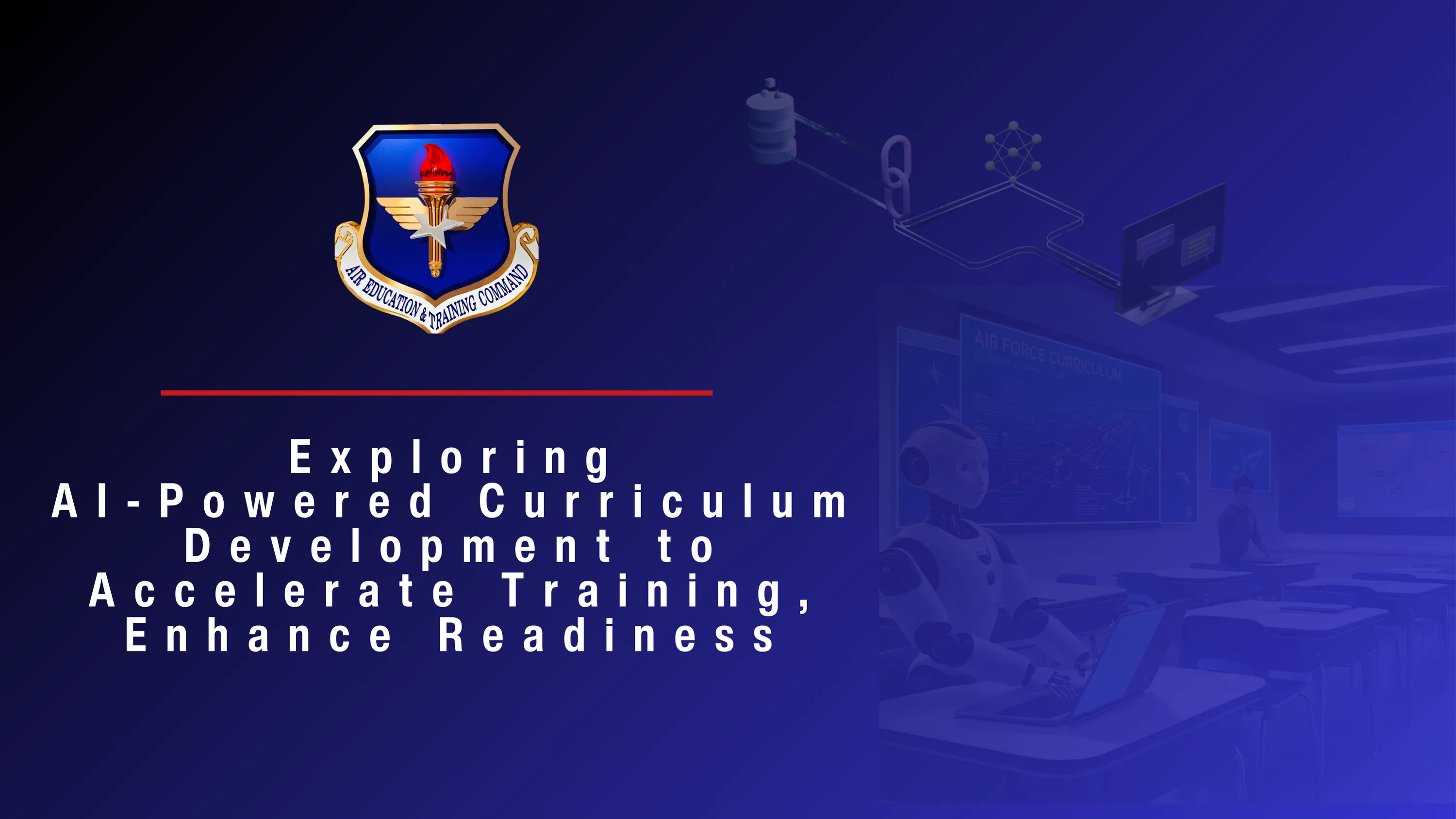
AI-Driven Inclusivity in Learning Paths
AI tools play a crucial role in making education more inclusive and supportive. They offer features such as:
- Text-to-Speech and Speech-to-Text: These assistive technologies help students with disabilities access education equally.
- Closed Captions and Simplified Language: These features make learning more accessible to those with varying needs.
- Cognitive Behavior Analysis: Supports students with special needs using advanced technology.
Real-time translation and virtual tutoring further promote lifelong learning for diverse groups. For example, some AI systems convert text to audio and provide real-time captions for hearing-impaired students, ensuring equal access to educational content. These AI features are lauded for enhancing inclusivity.
Empowering Educators with AI in Learning Path Design
AI empowers educators and Learning & Development (L&D) teams by automating tasks such as grading and progress tracking, allowing educators more time for meaningful student interaction.
- Data-Driven Insights: AI provides teachers with detailed performance data to refine their strategies.
- Customized Learning Paths: L&D teams can create learning paths aligning both with company goals and personal career growth.
AI monitors learner progress and dynamically adjusts training content to maintain effectiveness and engagement. For example, an L&D team might use AI dashboards to identify skill gaps and implement training tailored to each employee’s progress and preferences. AI’s enhancement of teaching methods leads to better educational outcomes, as evidenced by a global sales team that doubled engagement through AI-personalized training compared to standard methods.

AI-Driven Mechanisms for Personalized Learning Paths
Data-Driven Personalization in Learning Paths
AI learning systems rely heavily on data collection and analysis to personalize the learning experience. By employing machine learning, these systems observe learner behavior and performance to identify curriculum areas that require more focus and those that are well-understood.
Key data points include:
- Frequency of learner interaction
- Performance metrics
- Engagement levels
This data fuels intelligent algorithms that tailor the educational experience to individual needs. For example, an AI might analyze a student's quiz scores and time spent on various topics to identify weaknesses and adjust future lessons accordingly. Some platforms also leverage Artificial Neural Networks (ANNs) to process complex data, enhancing their ability to predict learner needs.
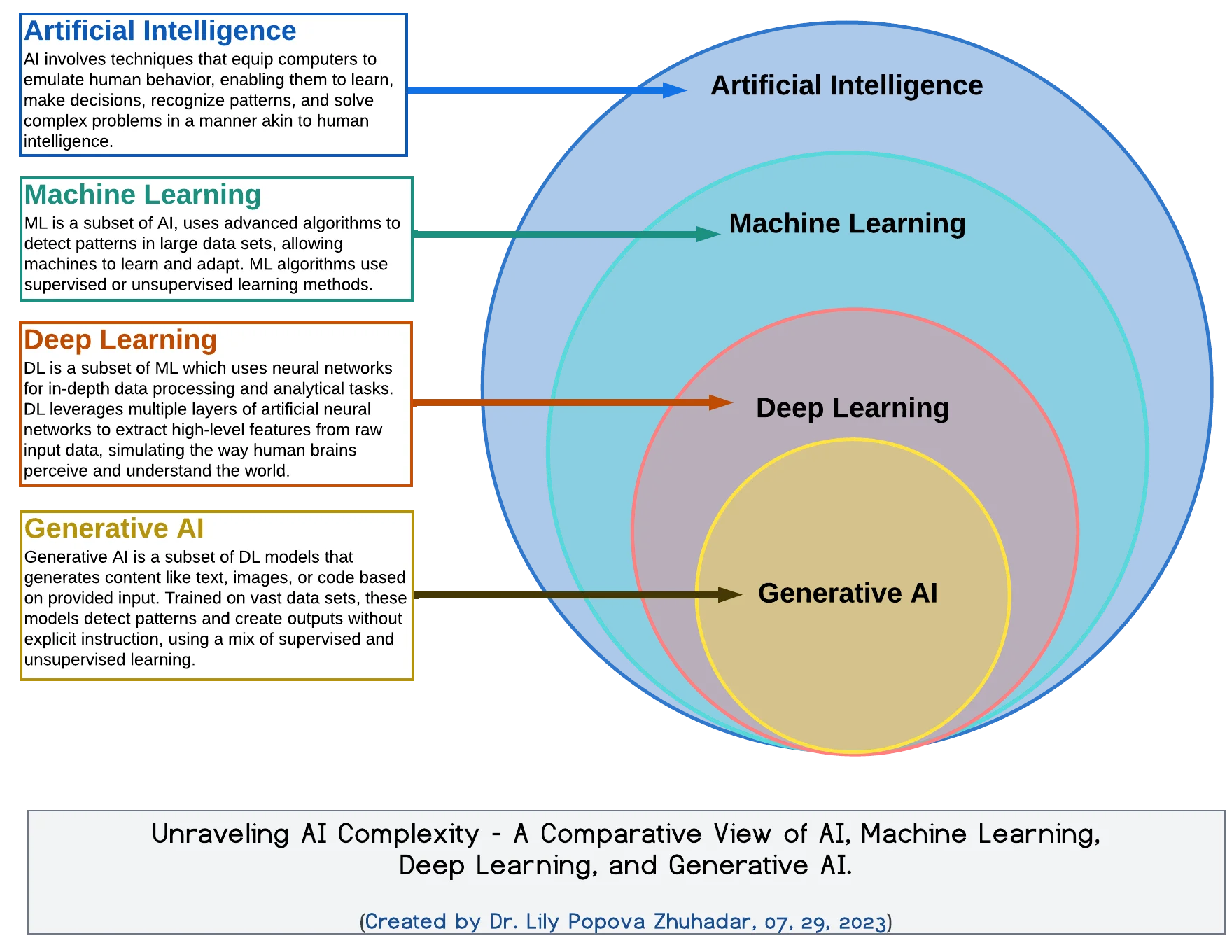
Adaptive Learning Paths with Real-time AI Adjustments
Adaptive learning systems utilize AI to craft learning paths that align with each learner's pace and preferences. These systems provide real-time feedback and adjust content difficulty and style based on the learner's performance.
For instance:
- If a learner struggles with a math concept, the system offers simpler explanations and additional practice problems.
- For advanced learners, it presents more challenging material.
Predictive analytics are employed to anticipate learning challenges, allowing for proactive interventions that help keep learners on track. Personalized learning paths can accelerate learning and enhance both foundational knowledge and practical skills.
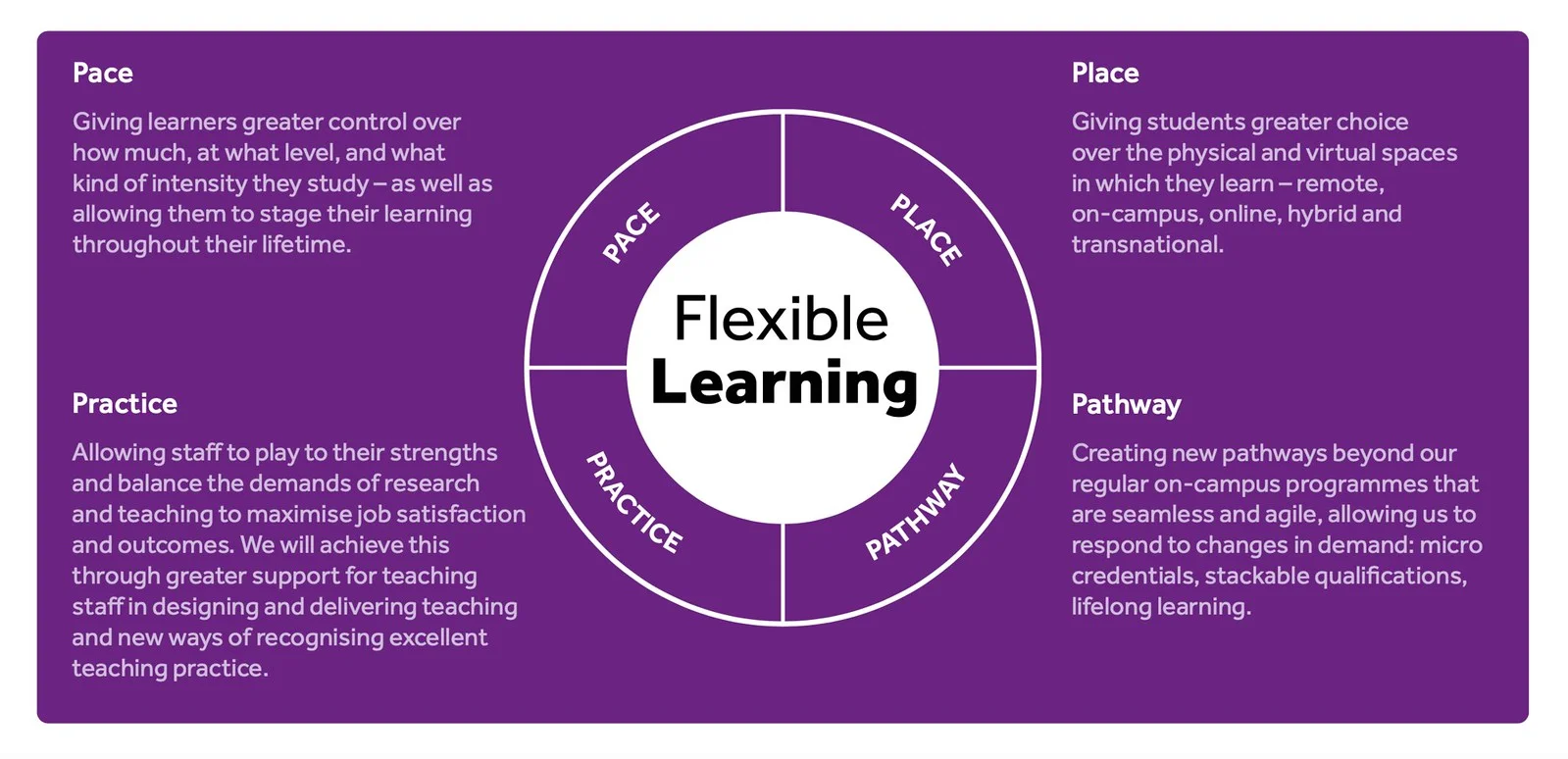
NLP and Simulations in AI-Enhanced Learning
Natural Language Processing (NLP) is crucial for AI systems to understand and respond to learner queries in real time, enabling interactive support through virtual tutors and chatbots. AI can also:
- Summarize complex training materials into digestible lessons
- Create interactive content such as quizzes and dialogue scenarios
Generative AI tools, like GAIDE, facilitate the creation of structured course materials and learning paths with minimal input from designers. AI simulations provide realistic problem-solving scenarios that adapt based on learner responses, enhancing retention. For example, an NLP-powered virtual tutor might instantly respond to a student's question, while AI-generated quizzes adjust to the student's performance to reinforce learning. Learn more.
These technological advancements in AI-enhanced learning pathways do more than personalize education. They significantly boost engagement and learning outcomes, tailoring the educational journey to each learner's unique needs.
Practical Use Cases and Applications of AI in Learning Paths
AI-Driven Content Creation for Personalized Learning Paths
AI is revolutionizing the way we learn by making content more personalized. It integrates elements such as quizzes, videos, and simulations to enhance engagement. With AI, learning becomes tailored to your pace and specific needs.
Platforms like Thinkific enable the creation of small courses and modules. These bite-sized lessons allow you to progress from beginner to expert in manageable steps, simplifying complex topics. AI even suggests what to learn next based on your current performance.

A notable example is Mentimeter Academy, which offers AI-guided paths to keep you engaged and advancing through short courses.
Virtual Tutors and Feedback Loops in Learning Paths
AI-powered virtual tutors are transforming student interactions with learning materials, particularly in language learning. These tutors utilize feedback loops to tailor the content and pacing to your needs, providing assistance precisely when required.
Learning paths incorporate checkpoints and assessments to deliver feedback throughout the journey, enhancing confidence and learning efficiency. This framework allows tutors to monitor your progress and adapt to your needs. Regularly witnessing your achievements sustains motivation.
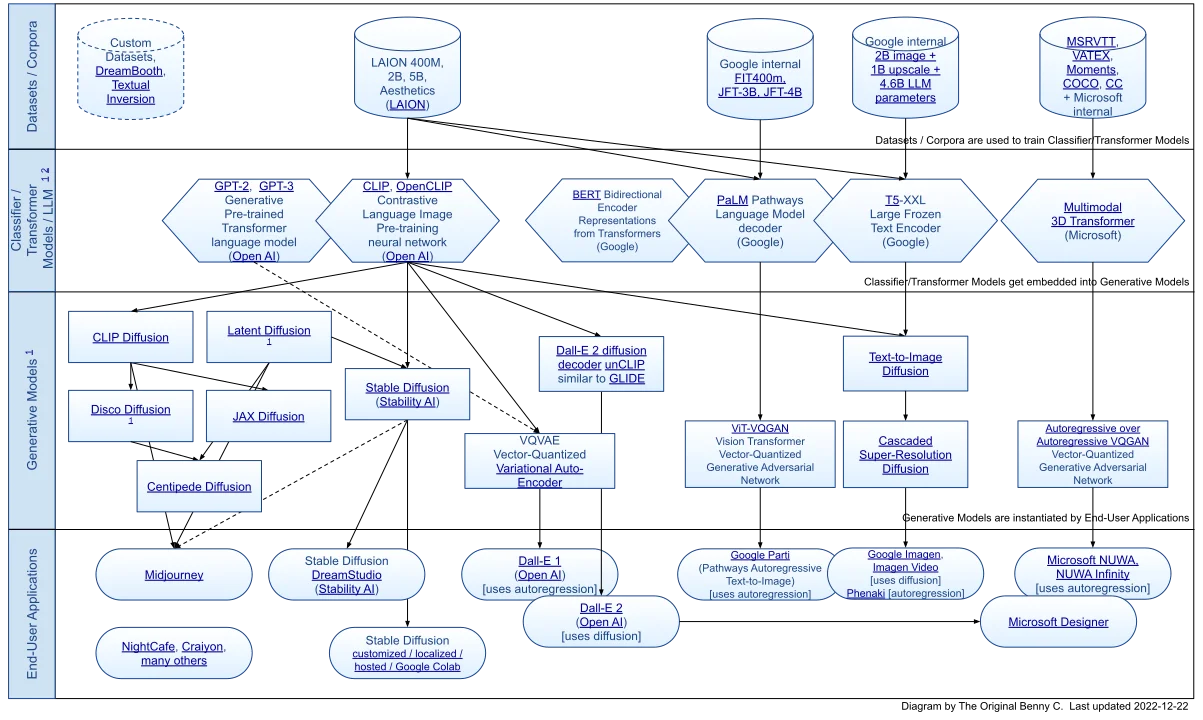
Platforms like GoSkills exemplify how structured learning paths can incrementally build your skills. Virtual tutors play a crucial role in enhancing the efficacy of learning today.
Strategic Implementation and Ethical Considerations
Human Oversight in AI Learning Paths and Data Privacy
Maintaining oversight of AI-driven learning paths is crucial to ensure alignment with organizational values and learner needs. This involves engaging stakeholders to identify skill gaps and necessary training. Human judgment plays a vital role in interpreting data effectively.
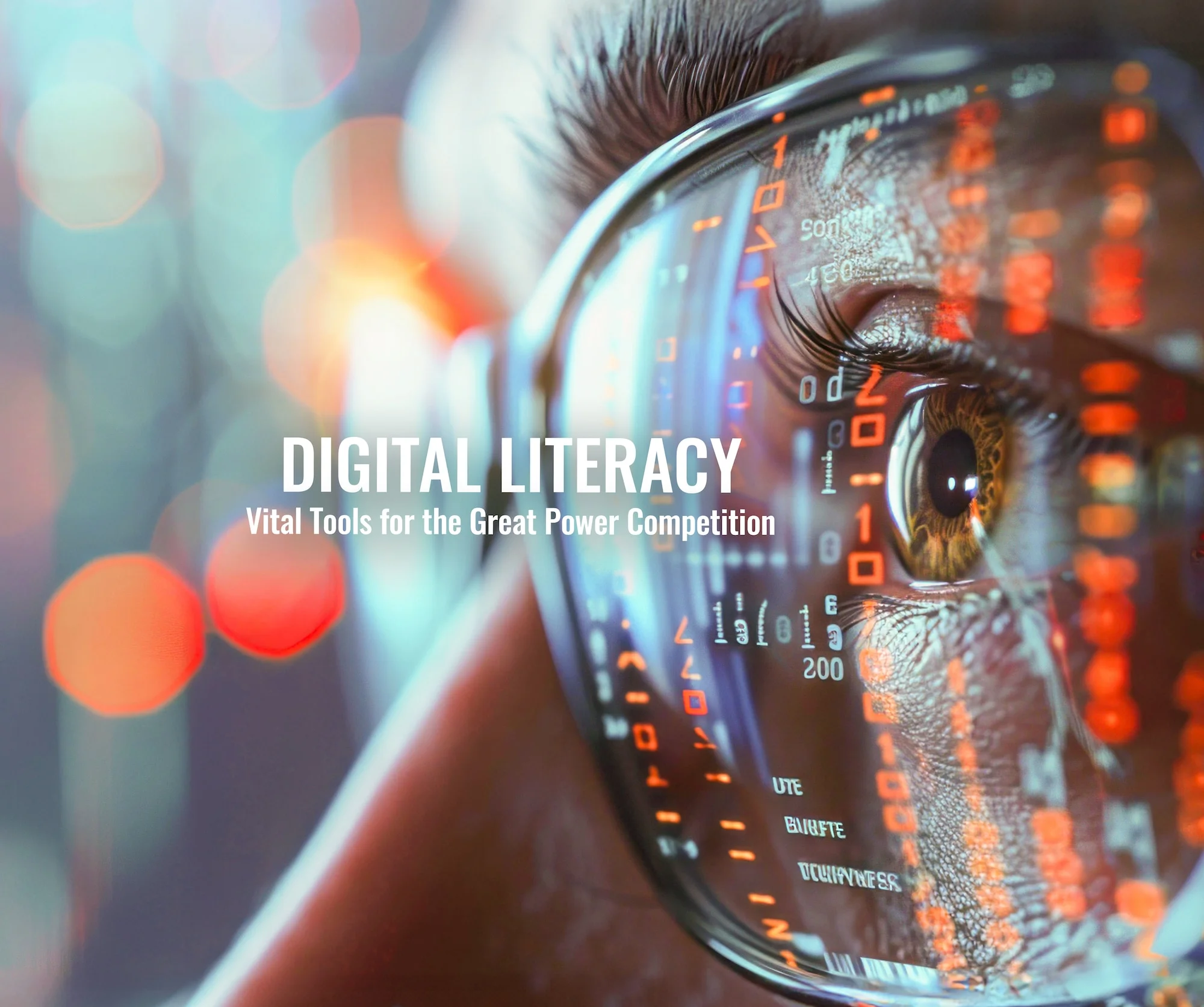
Feedback loops are integral to these learning paths, enabling instructors and administrators to monitor progress and adjust content as needed. It's essential to respect learner privacy and secure data, as organizations must comply with data protection regulations and handle learner information with care.
For instance, a learning management system (LMS) might employ human supervisors to review AI-generated training suggestions, ensuring adherence to privacy policies and ethical standards.
Overcoming Challenges in AI-Driven Learning Paths
Implementing AI-driven learning paths presents several challenges:
-
Identifying Learning Needs: Determining precise skill gaps and aligning them with organizational goals can be complex.
-
Personalized Learning Plans: Crafting these plans requires a balance between automated adjustments and human oversight to avoid bias and maintain relevance.
-
Technical Infrastructure: Establishing the right technological setup and securing buy-in from all stakeholders is critical.
-
Communication: Clearly explaining the functionality of AI tools is essential for user adoption.
Continuous feedback and data analysis are necessary to keep content current and effective, which is an ongoing challenge. Additionally, while utilizing analytics to track learning progress, safeguarding data privacy and security is imperative. This requires robust policies and technical measures.
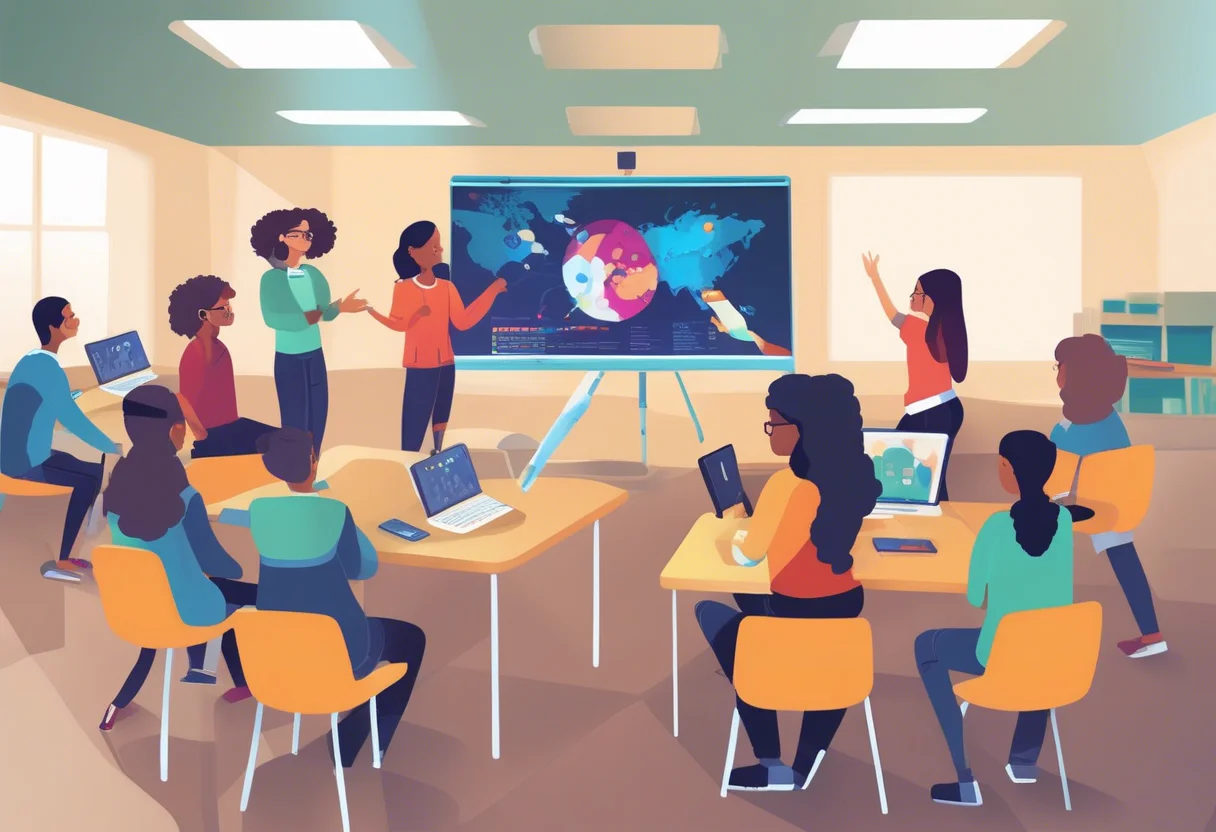
Addressing these challenges demands a collaborative effort, incorporating employee feedback, ensuring data privacy, and preventing AI recommendations from unintentionally perpetuating existing skill gaps or biases.
For further reading:
Future Trends and Innovations in AI-Personalized Learning
Emerging Technologies in AI-Driven Learning Paths
AI in education is advancing rapidly. By 2025, personalized learning paths, shaped by AI and adaptive technology, are expected to become the norm. These paths adjust to fit each learner's unique needs, preferences, and pace.
AI-Powered Learning Path Tutoring Systems
Consider AI-powered tutoring systems like OATutor. These systems tailor their teaching style, speed, and assessments to suit each student. This adaptability makes learning more accessible, especially for students with disabilities and those learning English as a second language.
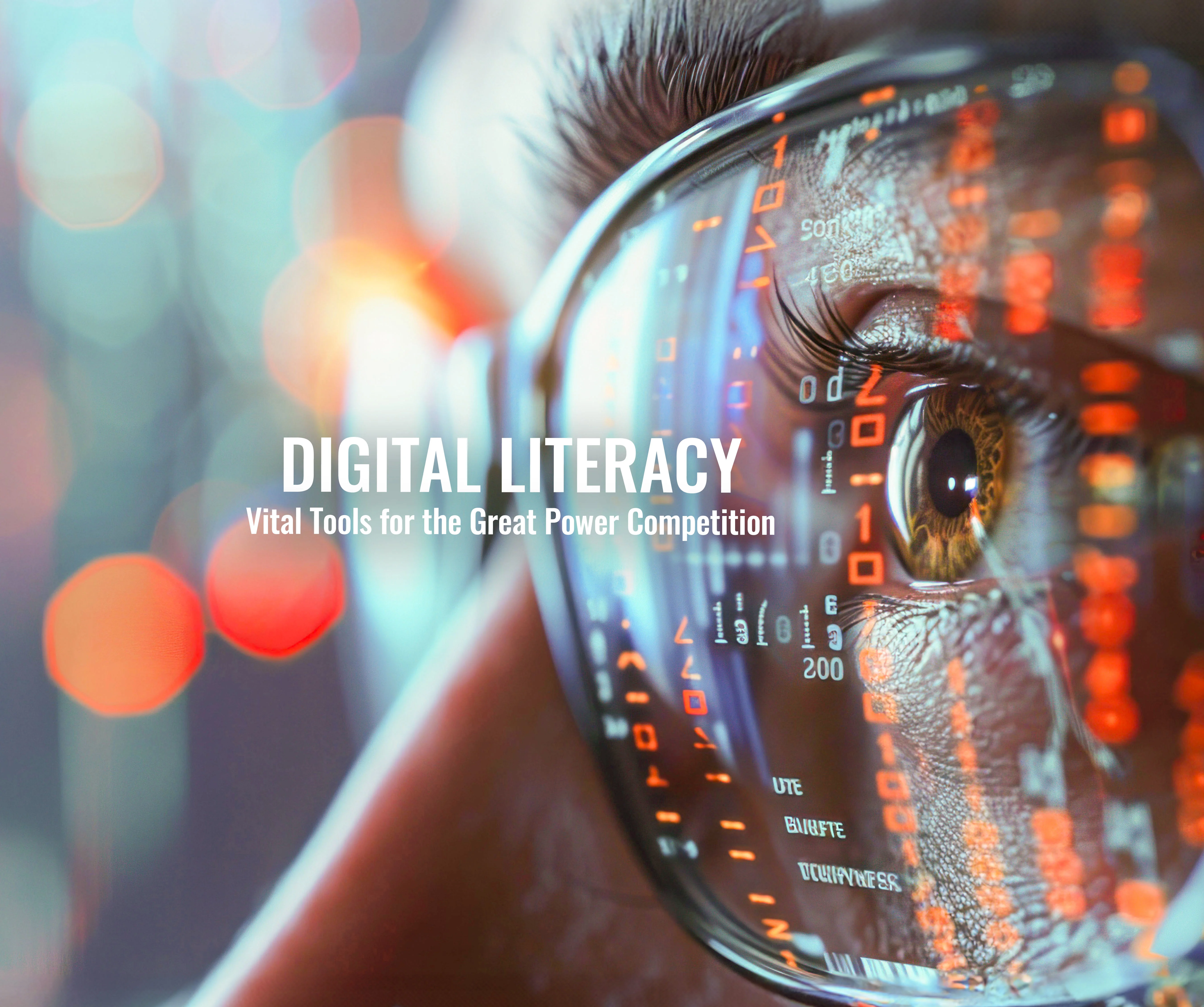
AI-Enhanced Learning Content Creation and Virtual Tutoring
AI also enhances content creation and virtual tutoring, making learning experiences more interactive and efficient. Schools implementing AI to personalize learning have observed:
- A 12% increase in attendance
- A 15% decrease in dropout rates
Moreover, 75% of students report finding AI-driven learning environments more motivating than traditional classrooms, resulting in a 70% improvement in course completion rates.

FAQ Section
How Does AI Enhance Learning Path Predictions for Students?
AI determines the optimal learning path for each student by analyzing their existing knowledge, learning speed, and preferences. It creates a personalized sequence of lessons to guide students from their current level to their desired outcome. By utilizing data from student interactions with materials, test results, and progress tracking, AI continuously adjusts learning paths to maintain relevance and challenge.
In learning management systems, AI can dynamically modify content based on a student's performance and engagement. For instance, if a student begins with basic courses, the AI may recommend advanced lessons or additional support based on quiz scores and engagement levels.
What Challenges Affect AI-Driven Personalized Learning Paths?
Implementing AI for personalized learning comes with several challenges:
- Data Collection: Gathering sufficient quality data about each learner to truly understand their needs and preferences is crucial, as highlighted by LearnExperts.

-
System Design: The AI system must be sophisticated enough to adjust without confusing or overwhelming students, necessitating careful design of learning paths and content breakdown.
-
Integration and Privacy: Incorporating AI tools into existing educational platforms while ensuring student data privacy is another significant hurdle. Privacy regulations may restrict the data collection necessary for personalization.
-
Cost: The financial burden of setting up AI solutions can be prohibitive for some schools, particularly those with limited budgets.
How Does AI Enhance Learning for Students with Special Needs?
AI assists students with special needs by customizing learning paths to accommodate various learning styles, speeds, and accessibility requirements. It provides diverse formats or tools to facilitate easier learning experiences.
AI tools offer real-time feedback, adjust assessments, and provide personalized assistance to address specific challenges, fostering skill development incrementally. By segmenting content into manageable parts and employing resources like videos and interactive exercises, AI enhances engagement and accessibility.
For example, Didask illustrates how AI can adapt to each student's pace, offering feedback that aids in comprehending difficult topics. This approach ensures every student has an equal opportunity for success, promoting a more inclusive learning environment.
